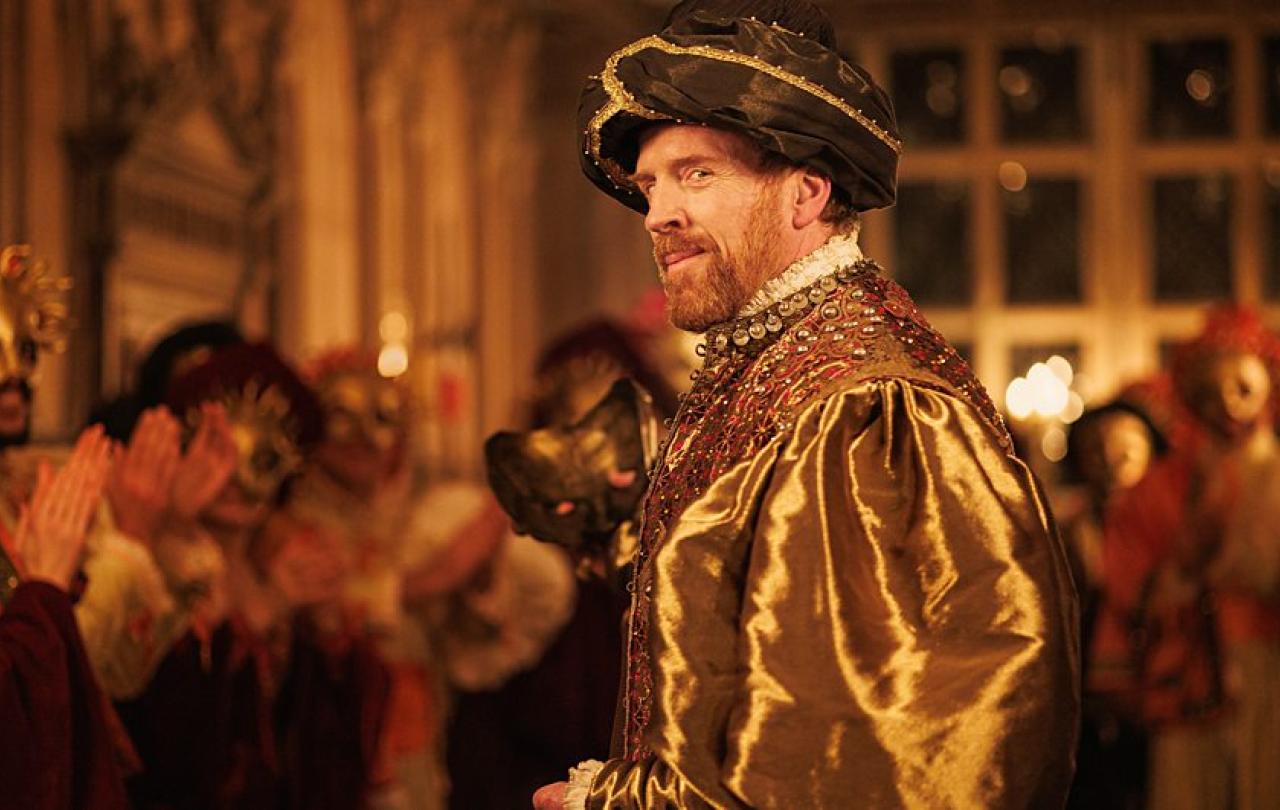
Viewers of Wolf Hall: The Mirror and the Light may well have breathed a sigh of relief: thank goodness we don’t live in such times. Henry VIII, depicted by Damian Lewis with lionesque intensity, flexes and pouts at his Privy Council, prepared to send even his own daughter to the axeman’s block. He is unimaginably powerful, capricious, and easily offended.
Meanwhile, almost four-thousand miles away, we have just witnessed a democratic election in a nation which wanted nothing to do with kings. Donald Trump has won a second term in the White House - whatever one thinks of him, a sitting President is contained by counterpoised checks and balances. Congress. The Supreme Court. Here, at least, are some features that would have usefully reigned in Henry VIII’s absolute power.
Kings are perhaps cutting a rather pathetic figure right now, even without a sulky, fur-clad Damian Lewis to damage their PR. A few weeks ago, King Charles was heckled by an Australian Senator during a trip to Parliament: “not my King!” yelled Lidia Thorpe. Lately, King Felipe VI of Spain had dirt hurled at him as he walked through Paiporta, to examine the damages of recent floods. So much for a royal welcome.
So, is this just the way things are going? Farewell to tyrants. Humiliated, shouted at, mud-splattered and powerless - will we finally decommission them like old submarines?
But the question of “who’s really in charge here?” is one that all human societies have to face squarely. For our ancestors, there had to be something real behind a legitimate government. It could not just be a useful or appropriate way of organising ourselves - there had to be something copper-bottomed to give authority its clout. Only the gods could prop up a leader. In the pagan world, a philosopher like Aristotle would add that it is just the case that some people rule, some are ruled.
The UK constitution - though few would speak of it in this way - is premised on the idea that the King represents the people of this country to God, who alone can vouchsafe his legitimacy. A monarch in this sense is not absolute. They are contained - contained by the most comprehensive and eternal power that can be conceived. No tyrant gets away with it, on the Christian view.
All societies seek this real basis to power, whether that is “self-evident truths”, or the “will of the people”. The question is: which of them provide for a flourishing community for the longest? King Felipe may have been abused, but he did not flee to the refuge of a car like the Prime Minister. Here was a man of immense privilege reaching out to his subjects. Despite their pain and anger, he wanted to show he really cared - indeed, that he was born to care. For as long as monarchies seem like a reasonable and compassionate answer to the issue of legitimate government, they may endure yet.





